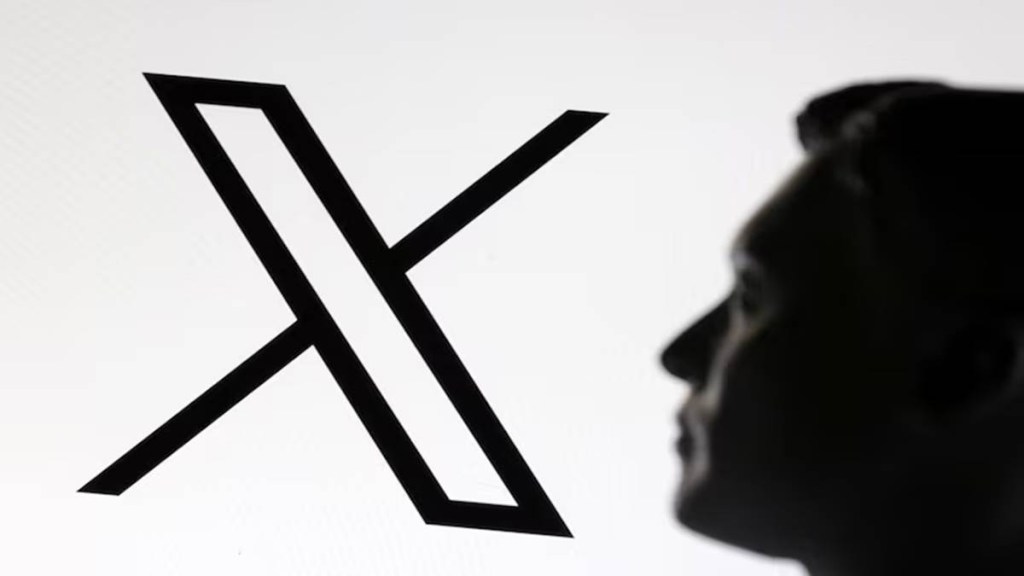The Karnataka High Court has dismissed a petition filed by Tesla CEO Elon Musk’s X Corp (formerly Twitter), which challenged the government’s authority to issue content blocking orders and the legality of its Sahyog portal. The High Court’s decision says that there is a need for greater regulation of social media platforms to address unlawful content.
In a detailed order, Justice M Nagaprasanna stated that social media content must be regulated, especially in cases of offenses against women, to protect the right to dignity. The court said that information and communication have always been subject to regulatory regimes, regardless of the technology.
“The content on social media needs to be regulated and its regulation is a must, more so in cases of offences against women in particular failing which right to dignity as ordained in the Constitution gets railroaded,” said the High Court.
“As and when the technology develops from messengers to postal aids till the age of WhatsApp, Instagram and Snapchat, all have been regulated by regulatory regimes subsisting then and subsisting today, both globally and locally,” added the High Court order’s brief.
Elon Musk’s X challenged Indian government’s content blocking orders
X Corp had challenged the government’s use of Section 79(3)(b) of the Information Technology Act, arguing that it does not hold the power to issue content-blocking orders. The company said that such actions could only be taken under Section 69A of the IT Act, which includes a more formal procedural framework and safeguards.
X Corp had also argued that the Sahyog portal, an administrative tool developed by the Centre to expedite the process of sending takedown notices, was a form of censorship that bypassed these legal safeguards. The company had further sought protection from any “coercive action” for not joining the portal.
Indian government countered X Corp’s claims
The Union Government, on the other hand, represented by the Solicitor General, countered by stating that X Corp was trying to mislead the court and that its claim of the Sahyog portal being a ‘censorship portal’ was unfortunate and condemnable. The government argued that the portal is an administrative procedure that facilitates the removal of unlawful content and that Section 79(3)(b) provides a conditional safe harbour protection to intermediaries, which is lost if they fail to comply with takedown requests.
The Centre also argued that the ‘chilling effect’ on free speech was not a valid defense for sharing content that is against the interests of society.
The High Court’s ruling sides with the government’s position and validates the regulatory framework to establish control over content on social media platforms.







